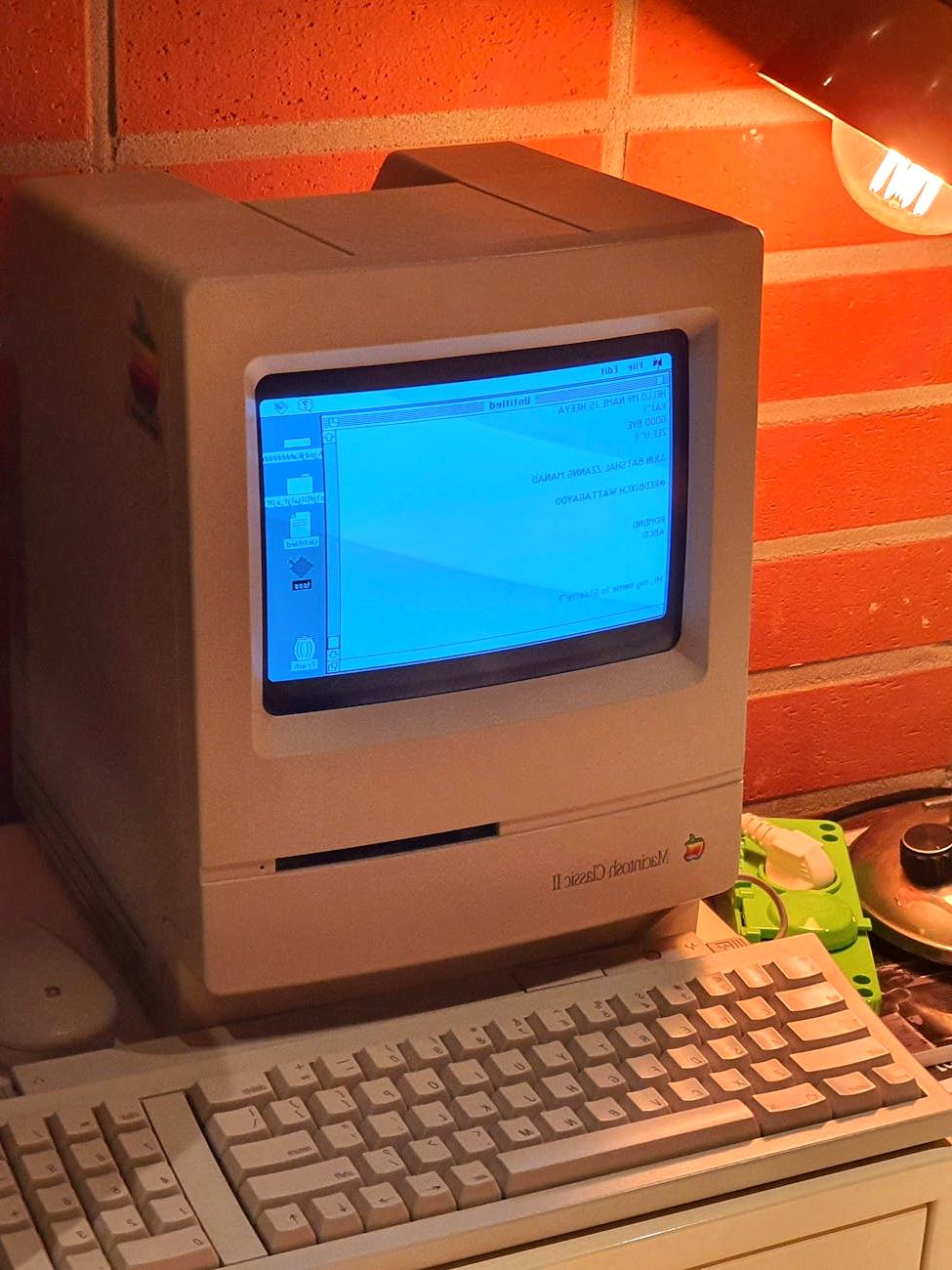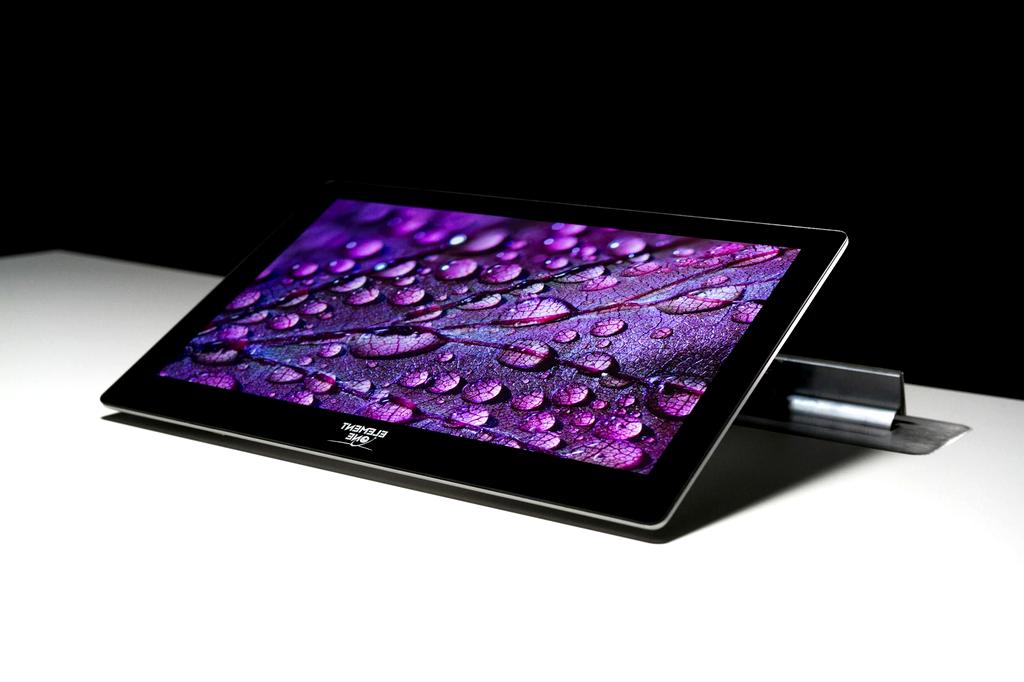
The Evolution of Computer Processors
Exploring the remarkable journey of computing power from the 1970s to 2025, showcasing how processors have transformed our digital world.
Explore Timeline Subscribe for Updates
Exploring the remarkable journey of computing power from the 1970s to 2025, showcasing how processors have transformed our digital world.
Explore Timeline Subscribe for UpdatesTracing the exponential growth of computing power through the decades

The birth of microprocessors with Intel 4004 and 8080, introducing computing to the masses with 4-8 bit architectures and kilohertz speeds.

The era of personal computing with 16-bit processors like Intel 8086/8088 and the introduction of 32-bit architectures with the 80386.

Intel Pentium series and AMD K5/K6 processors brought computing to new heights with megahertz frequencies and advanced instruction sets.

The multi-core revolution began with dual-core processors from both Intel and AMD, breaking the gigahertz barrier and focusing on parallel processing.

The era of many-core processors, with CPUs featuring 4, 8, and eventually 16+ cores, alongside significant improvements in power efficiency.

Hybrid architecture designs with big.LITTLE configurations, 5nm fabrication, and specialized AI accelerators integrated into mainstream CPUs.

Next-generation processors with 3D stacking technology, sub-3nm processes, and specialized neural processing units for AI acceleration.

The future of processing with quantum computing elements, neuromorphic designs, and other revolutionary architectures on the horizon.
Revolutionary processors that defined computing generations

The world's first commercially available microprocessor, marking the beginning of the computing revolution with 2,300 transistors and 4-bit architecture.

A landmark 32-bit processor that brought superscalar architecture to mainstream computing with dual integer pipelines and enhanced floating-point performance.

Pioneered 64-bit computing for consumer PCs, introducing x86-64 architecture that still forms the foundation of modern computing.

Marked the shift to multi-core processing in mainstream computing, revolutionizing performance through parallelism rather than clock speed increases.

Redefined processor design with its ARM-based SoC approach, combining exceptional performance with unprecedented power efficiency for personal computing.

Early quantum computing elements integrated with traditional processors, beginning a new era of computational capability for specific problem domains.
Key technological breakthroughs that transformed processor design
From 10,000nm to 3nm process nodes, the ability to shrink transistors has been fundamental to Moore's Law, enabling exponential growth in computing power.
From kilohertz to gigahertz frequencies, processor speeds increased by a factor of thousands before hitting physical and thermal limitations.
The paradigm shift from single to multi-core designs enabled continued performance scaling while managing power and thermal constraints.
The evolution of sophisticated multi-level cache systems has been crucial for minimizing the memory access bottleneck in modern processors.
The integration of GPUs, NPUs, and other specialized accelerators has transformed processors into heterogeneous computing platforms.
Moving beyond 2D design to stack components vertically has opened new avenues for performance gains and integration density.
Quantifying the remarkable progress in processor technology
Transistors in Intel 4004 (1971)
Transistors in modern processors (2025)
Clock speed of Intel 4004
Clock speed of modern processors
RAM supported by early processors
RAM supported by modern processors
Power consumption of early processors
TDP of high-performance modern CPUs
Looking ahead to the next frontiers in computing architecture
As we move beyond 2025, the evolution of processors will likely transcend traditional silicon-based computing. Quantum computing, neuromorphic architectures, and molecular computing are all potential paradigm shifts that could redefine what we consider a "processor."
We're entering an era where specialized processors optimized for specific workloads will become increasingly prevalent, with general-purpose CPUs serving as orchestrators for a diverse array of computational resources.

Harnessing quantum phenomena like superposition and entanglement to solve previously intractable problems in cryptography, materials science, and complex system modeling.
Brain-inspired architectures that mimic neural structures, enabling efficient learning, pattern recognition, and energy-efficient artificial intelligence applications.
Using DNA and other molecular structures as computational elements, offering massive parallelism and storage density beyond what's possible with silicon technology.
Subscribe to our newsletter for the latest insights on processor technology evolution